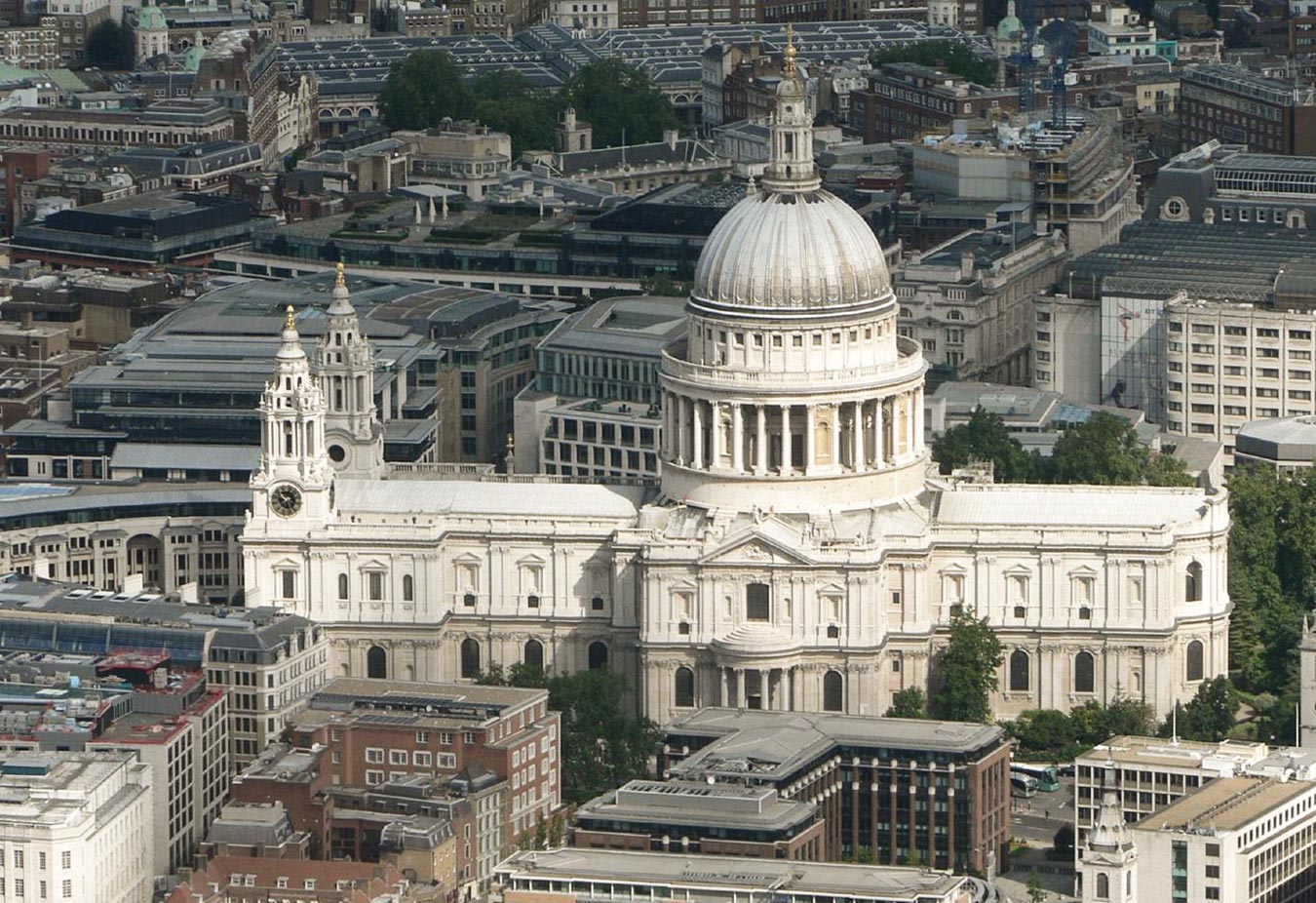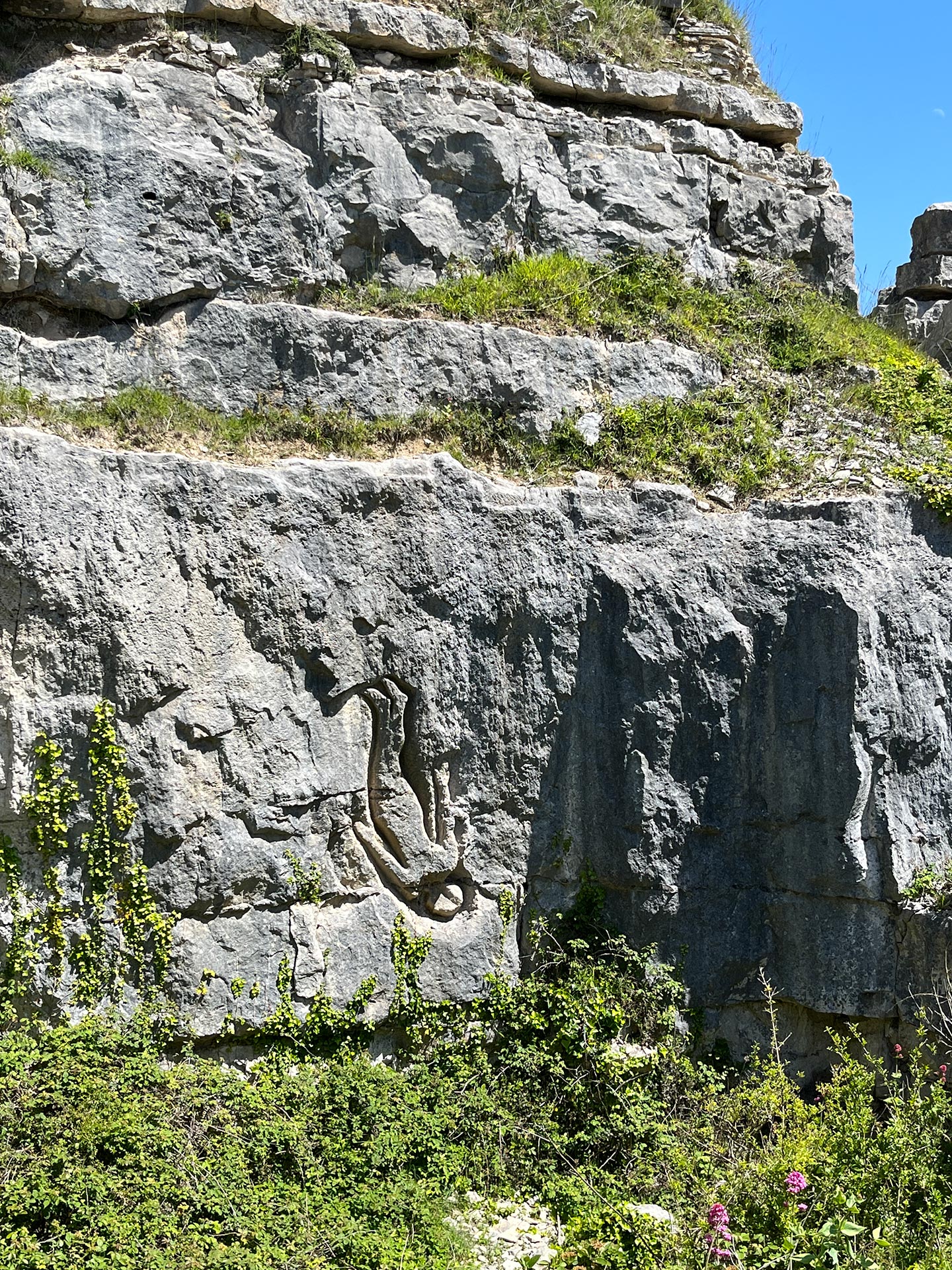
St. Pauls Cathedral (17th century), London, GB; https://upload.wikimedia.org/wikipedia/commons/thumb/1/1a/St_Pauls_aerial.jpg/
Year designation
Lithology
Aesthetics
Geological settings
Mesozoic – Upper Jurassic – Upper Tithonian – Portland Stone Formation
Location
Isle of Portland, Dorset, England
St. Pauls Cathedral (17th century), London, GB; https://upload.wikimedia.org/wikipedia/commons/thumb/1/1a/St_Pauls_aerial.jpg/
Important stone of the Built Heritage in England and the Commonwealth war graves
Portland Stone has been used since Roman times and has been utilised extensively as a local building stone in southern England since the 11th century. From the 17th century, Portland Stone has been used for major architectural buildings of national significance including St Pauls Cathedral, British Museum and Bank of England in London. Notably it has been associated with England’s most famous architect, Sir Christopher Wren (1632-1723). Since the 18th century Portland Stone has also been used extensively internationally. It was also the preferred building stone of Sir Christopher Wren, England’s most famous architect. The international use of Portland Stone during the 20th century includes the United Nations building in New York City and the war graves of British and British Commonwealth soldiers. Portland Stone also continues to be quarried today in an environmentally sensitive manner whilst coastal outcrops of the material form a part of the “Dorset and East Devon Coast” World Heritage area.
- Author(s)
Terry Hughes


